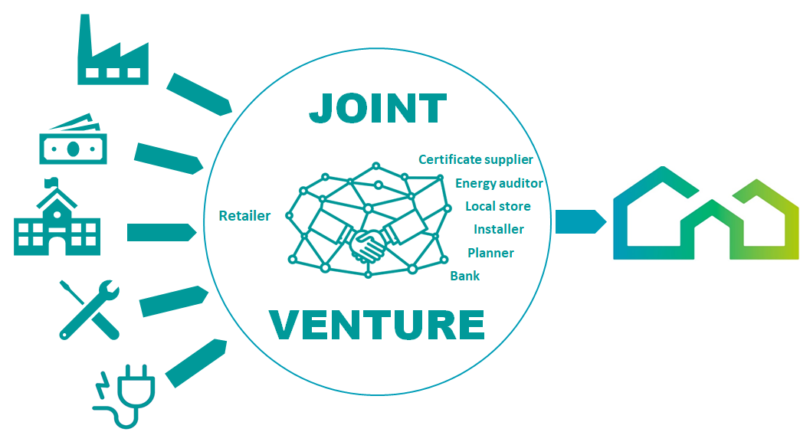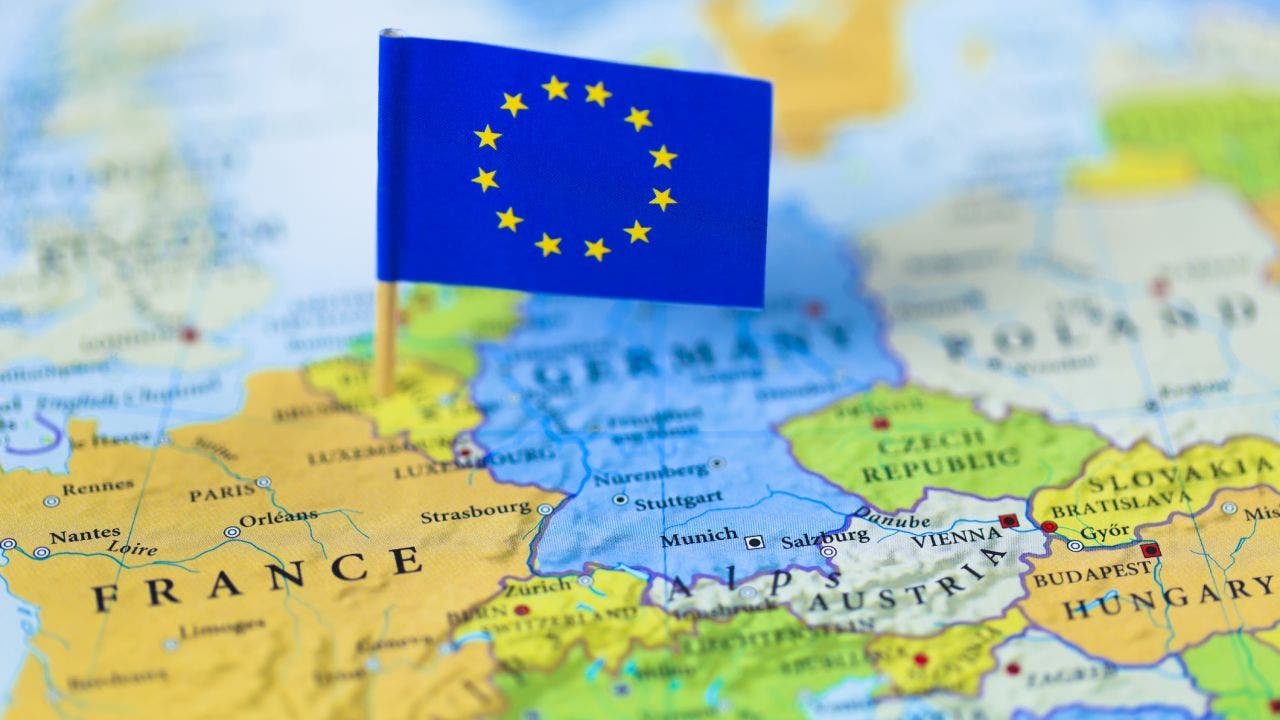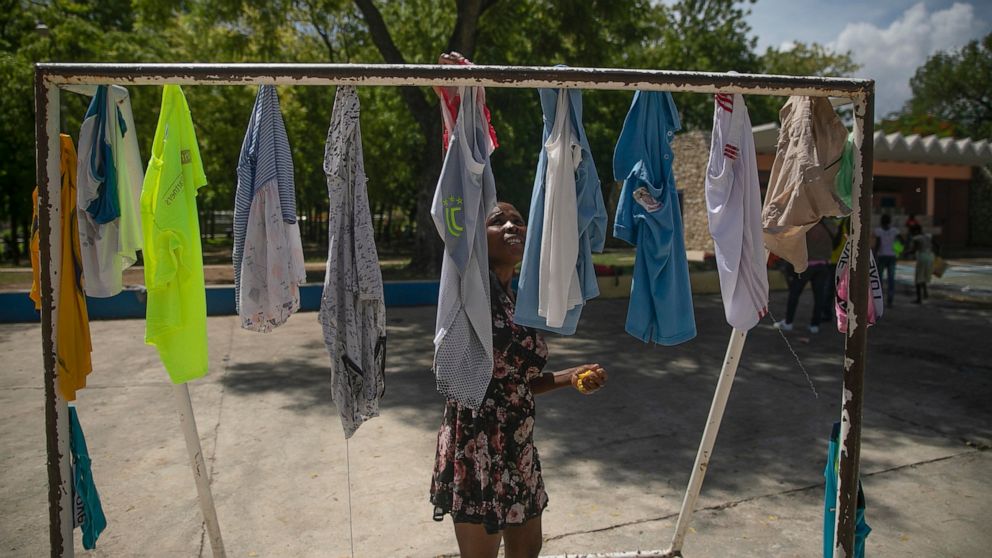A feed-in tariff is a premium charge paid for electrical energy fed again into the electrical energy grid from a delegated renewable electrical energy era supply like a rooftop solar energy system or wind turbine. At current, feed-in tariff laws for renewable vitality exist in over 40 nations around the globe.
Germany units the feed in tariff instance
Presumably probably the most profitable feed-in tariff legal guidelines can be these launched in Germany over the previous 15 years. In 1991 the German authorities launched the Electrical energy Feed Act, legally regulating the feed-in to the grid of electrical energy generated from renewable assets akin to solar energy. This Act required utility firms to buy electrical energy generated from renewable assets akin to home solar energy programs at set charges (feed-in tariffs).
The scheme was expanded and enhanced in 2000, and has been chargeable for the dramatic progress in Germany’s renewable vitality market, significantly the photo voltaic photovoltaic trade. Within the 5 years from 2000, the amount of electrical energy fed into the grid from eligible sources has greater than doubled, with a seven-fold enhance in put in photo voltaic photovoltaic (PV) capability to over 1,500 MW by the tip of 2005.
Why do we’d like feed-in tariffs?
Residential solar energy is considerably deprived because of the excessive entry prices. The market fails to bear in mind the true worth and lots of advantages to the electrical energy community which come up from the adoption of renewable vitality applied sciences embedded inside the electrical energy grid.
Photo voltaic PV, like different renewable vitality sources, present environmental advantages via diminished greenhouse fuel emissions and social advantages via trade improvement and job creation – for instance via the set up of grid join photo voltaic programs, every with associated financial profit.
A feed-in tariff redresses these systemic market failures and rewards photo voltaic electrical era for its true worth to the electrical energy market and wider society, by offering a monetary incentive for the adoption of renewable vitality.
Design of a feed-in tariff scheme
For a feed-in tariff to be efficient, it’s important that the tariff provided is designed in a approach as to adequately reward photo voltaic PV proponents. There are three key components of a feed-in mechanism which have to be thought of: The worth stage of the tariff; the technique of metering; and the length of the scheme. It’s the correct mixture of those three components, which is able to decide the success or failure of a feed-in mechanism.
An efficient scheme would contain a feed-in tariff of not less than 4 occasions the market charge, paid on your complete output of a solar energy system (through gross manufacturing metering), and provided for not less than 15 years. Solely a gross feed-in tariff set at or above these ranges would adequately reward the adoption of photo voltaic PV for the vary of environmental, social and financial advantages arising from this know-how, and encourage the uptake at adequate ranges to realize the coverage objectives.
When Germany launched gross feed-in tariffs in 2000 it doubled the quantity of electrical energy generated from renewable vitality sources and adjusted its 2010 goal of 12.5% of whole vitality consumption. It’s now three years forward of schedule.
As a consequence of this success, Germany just lately elevated its renewable vitality goal to 27% of all electrical energy era by 2020. Additionally the gross feed-in tariff has created almost 250,000 new jobs within the renewable vitality trade, which is able to quickly surpass the automotive trade as that nation’s primary employer.
The German solar energy sector is now creating thrice the variety of jobs per put in megawatt because the coal fired electrical energy trade – all of this in a rustic receiving a lot much less sunshine than different elements of the world not taking part in related applications, or simply participating in minimal participation.
Worldwide expertise tells us that gross feed-in tariffs will be very profitable in stimulating the uptake of renewable vitality, addressing local weather change and creating sturdy native industries and employment.
Tariff availability
As talked about, some 40 nations all through the world now have some type of feed in tariff incentive in place. In an effort to decide if feed in tariffs can be found to you, contact your native vitality authority for additional particulars.
How one can assist
If feed in tariffs aren’t out there in your space and also you care about preventing local weather change, chopping greenhouse fuel emissions and inspiring our home renewable vitality trade; then please write to your native elected consultant requesting they contemplate gross feed-in tariffs as the best solution to enhance solar energy use.
















